A Flavorful Journey Through Global Spice Traditions: The Magic of Vegetable Paella
Table of Contents
Introduction to Vegetable Paella
Vegetable paella is more than just a dish—it's a celebration of color, flavor, and culture. Originating from Spain, this iconic rice dish has evolved over centuries, absorbing influences from Mediterranean, Arab, and even Indian culinary traditions. While the classic version includes seafood or chicken, the vegetable variant has gained immense popularity for its vibrant flavors and adaptability.
At its core, vegetable paella is about balance—fluffy rice, saffron, tomatoes, bell peppers, peas, and a medley of other veggies come together in a symphony of taste. Whether you're a seasoned chef or a curious foodie, mastering the art of vegetable paella can be both rewarding and delicious.
Global Spice Traditions and Vegetable Paella
Paella is a perfect example of how spices shape the global food landscape. In Spain, saffron is the star ingredient, lending its golden hue and earthy aroma. But when it comes to vegetable paella, other spices like paprika, cumin, and turmeric often play a supporting role, depending on the region and personal preference.
Let’s take a quick tour of how different cultures incorporate their signature spices into vegetable-based dishes:
| Culture | Signature Spices | Vegetable Dishes |
|---|---|---|
| Spanish | Saffron, Paprika | Vegetable Paella, Patatas Bravas |
| Indian | Cumin, Turmeric, Garam Masala | Chana Masala, Vegetable Biryani |
| Mexican | Oregano, Cilantro, Chili Powder | Vegetable Enchiladas, Chiles Rellenos |
| Italian | Basil, Oregano, Garlic | Vegetable Risotto, Pasta Primavera |
| Thai | Kaffir Lime, Lemongrass, Chili | Green Curry, Pad Thai |
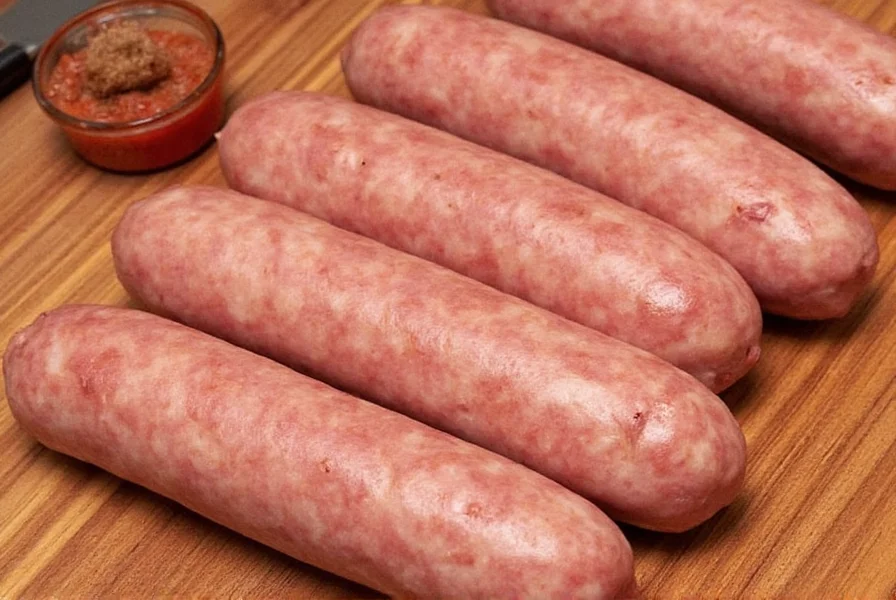
This blending of spices across cultures shows how vegetable paella isn't just a Spanish dish—it's a global phenomenon that reflects the richness of spice traditions around the world.
Practical Tips for Making the Perfect Vegetable Paella
Creating a mouthwatering vegetable paella doesn’t have to be complicated. Here are some practical tips to ensure your dish is a hit every time:
- Use the right rice: Short-grain rice like Bomba or Calasparra is ideal because it absorbs liquid without becoming mushy.
- Toast the rice: Before adding any liquid, toast the rice in olive oil with garlic and onions to enhance its flavor.
- Layer the ingredients: Start with vegetables, then add the rice and liquid. This helps create that coveted socarrat (crispy bottom layer).
- Don’t stir too much: Once the rice is added, resist the urge to constantly stir. Let it cook undisturbed to achieve that perfect texture.
- Season as you go: Salt is crucial, but don’t overdo it. Taste as you go and adjust accordingly.
Another key tip is to use fresh, seasonal vegetables. Think bell peppers, zucchini, carrots, green beans, and peas. These not only add color but also contribute to the dish’s nutritional value.
If you're feeling adventurous, try experimenting with different spices. A dash of smoked paprika can give your paella a subtle smokiness, while a pinch of turmeric adds a beautiful golden hue.
Buying Guide: Ingredients for a Delicious Vegetable Paella
To make the best vegetable paella, it's essential to choose quality ingredients. Here’s a detailed guide to help you select the right items:
1. Rice
Recommended Product: Bomba Rice
Features: High absorption capacity, fluffy texture, ideal for paella.
Advantages: Retains shape during cooking, enhances the dish's overall flavor.
Use Cases: Perfect for traditional paella recipes, especially when paired with saffron.
Target Audience: Home cooks and professional chefs looking for authentic results.
Suitable Occasions: Family dinners, special occasions, and cultural celebrations.
2. Saffron
Recommended Product: Spanish Saffron Threads
Features: Premium-grade saffron, known for its intense aroma and color.
Advantages: Adds a unique flavor and vibrant yellow color to the rice.
Use Cases: Essential for authentic paella, can also be used in soups and stews.
Target Audience: Serious cooks who appreciate authenticity.
Suitable Occasions: Holiday meals, gourmet events, and cooking classes.
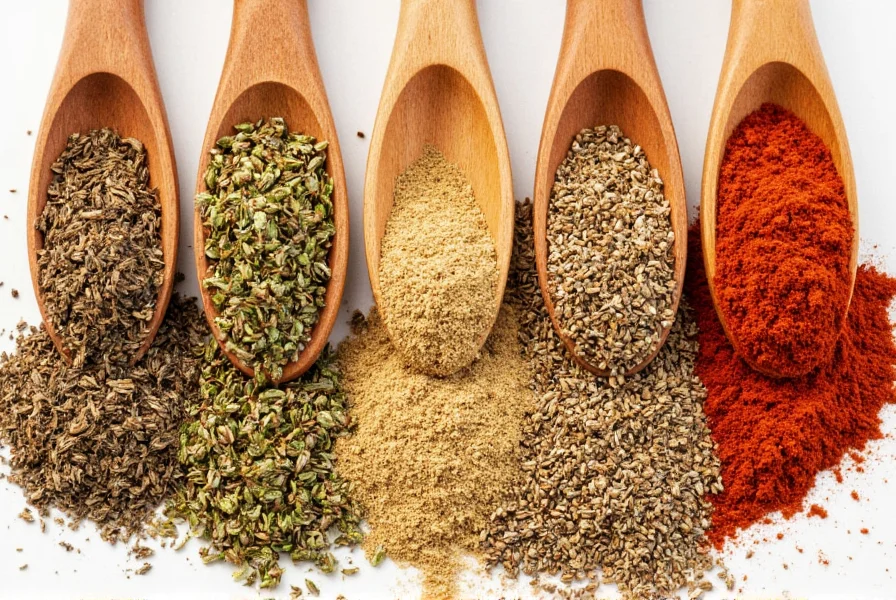
3. Vegetables
Recommended Products: Organic Bell Peppers, Carrots, Zucchini, Green Beans
Features: Fresh, locally sourced, and pesticide-free options available.
Advantages: Enhances flavor and nutritional value of the dish.
Use Cases: Ideal for making colorful and healthy paellas.
Target Audience: Health-conscious individuals and eco-friendly shoppers.
Suitable Occasions: Weeknight dinners, potlucks, and vegetarian gatherings.
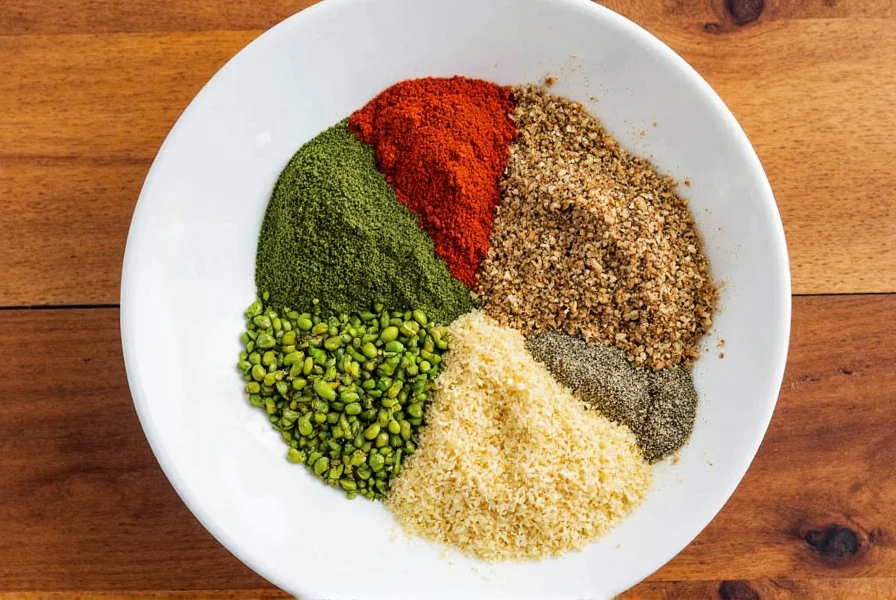
4. Olive Oil
Recommended Product: Extra Virgin Olive Oil
Features: Cold-pressed, rich in antioxidants, and full-bodied flavor.
Advantages: Adds depth and richness to the paella.
Use Cases: Used for sautéing vegetables and cooking the rice.
Target Audience: Anyone who values quality in their cooking.
Suitable Occasions: Everyday meals, special occasions, and restaurant use.
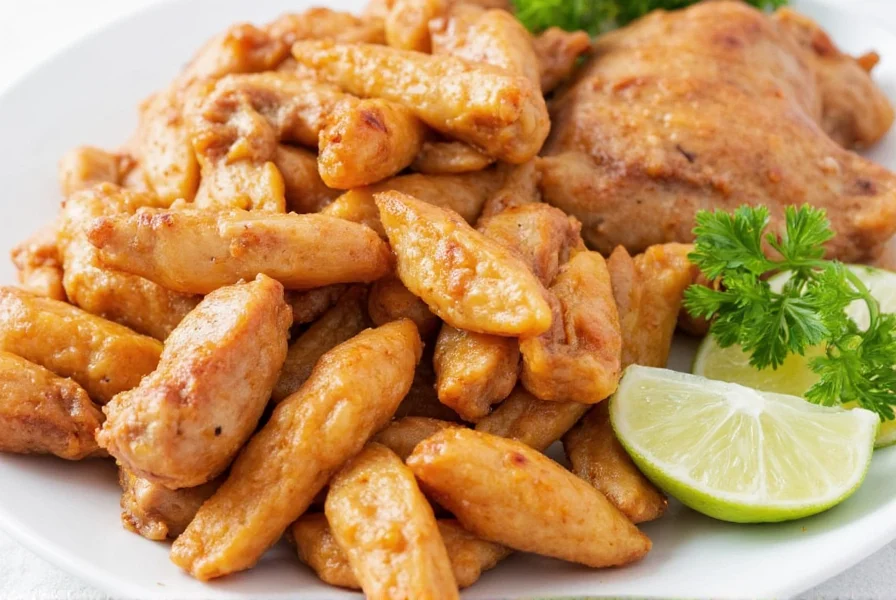
5. Spices
Recommended Products: Paprika, Turmeric, Cumin
Features: Pure, high-quality spices with strong aromas and flavors.
Advantages: Elevate the taste of the paella and add visual appeal.
Use Cases: Enhance the flavor profile of the dish, suitable for various cuisines.
Target Audience: Home cooks and spice enthusiasts.
Suitable Occasions: Casual dinners, cooking experiments, and international cuisine exploration.
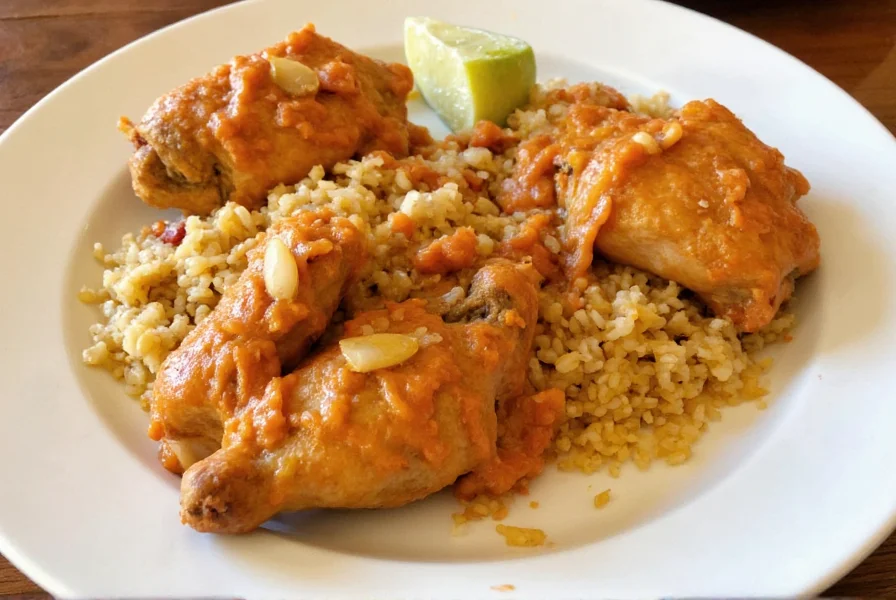
Conclusion
Vegetable paella is a beautiful representation of how global spice traditions can come together to create something truly remarkable. From the saffron-rich paellas of Spain to the spiced vegetable dishes of India and Mexico, each culture brings its own unique flair to the table.
Whether you're a seasoned chef or just starting out, the journey to perfecting vegetable paella is both fun and flavorful. With the right ingredients, a few simple techniques, and a touch of creativity, you can bring the essence of global spice traditions to your kitchen.
So grab your pan, season with care, and let the magic of vegetable paella fill your home with warmth and flavor.

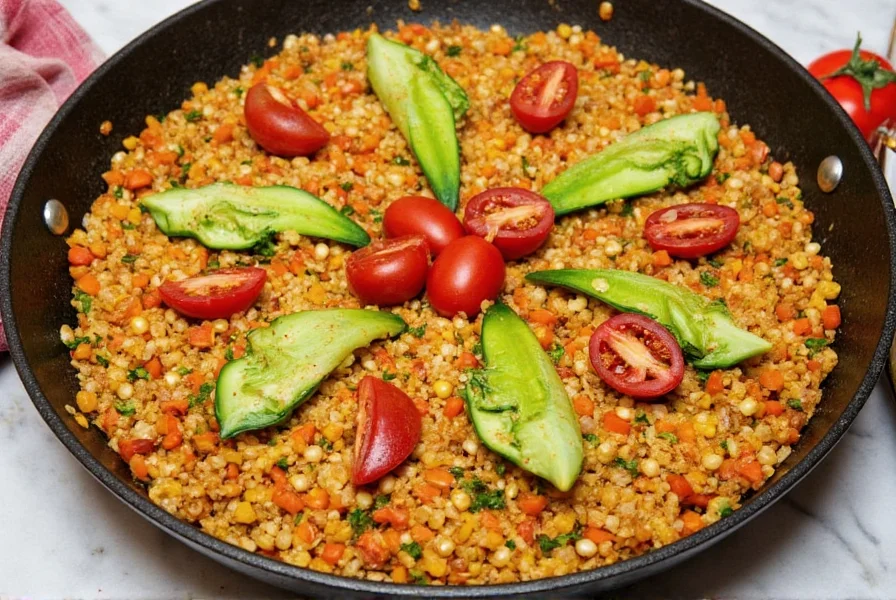










 浙公网安备
33010002000092号
浙公网安备
33010002000092号 浙B2-20120091-4
浙B2-20120091-4